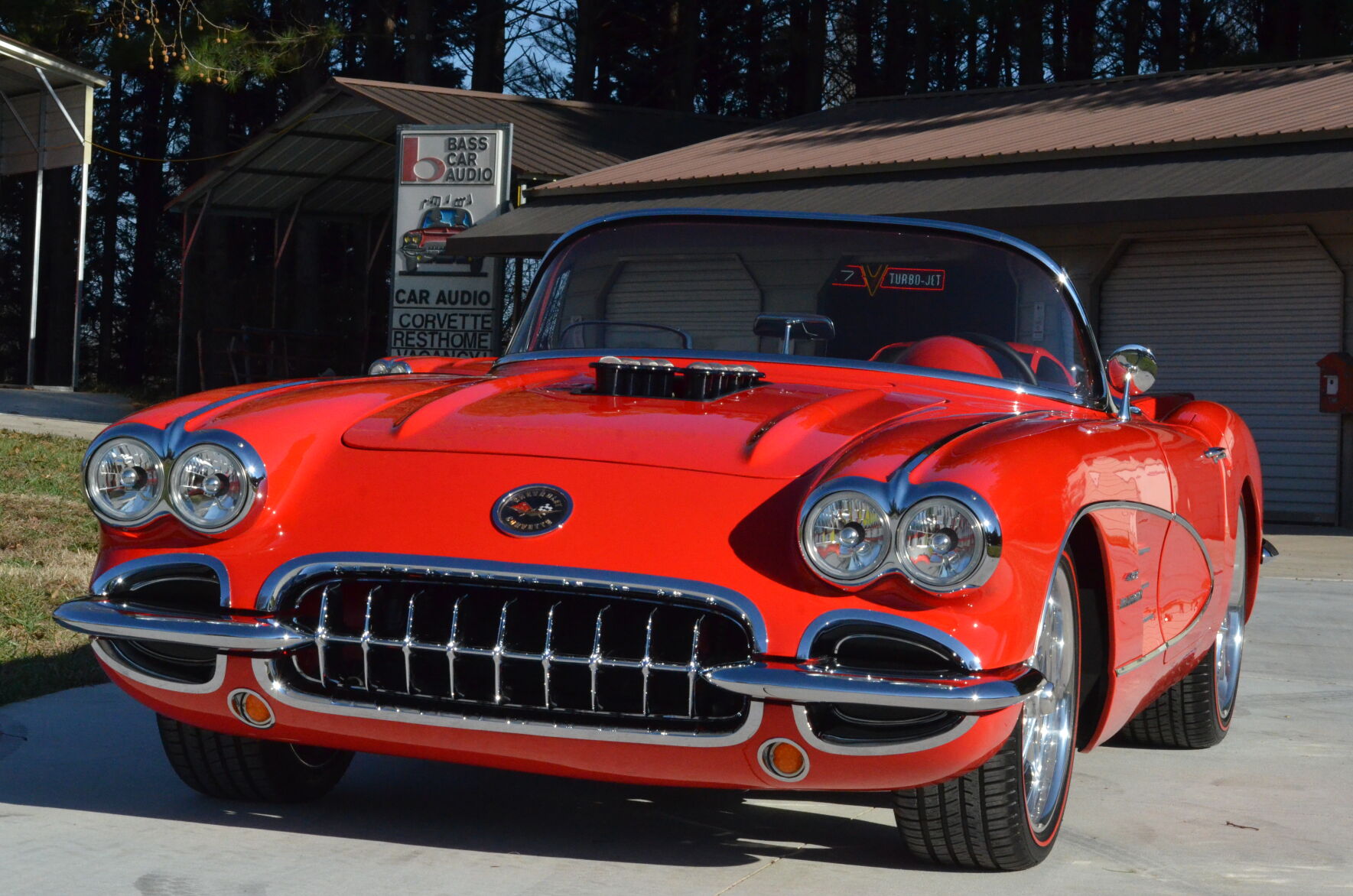

Next, could the 18,495 miles showing be original? Again, no claims were made to support this, leaving the supposition that the odometer has been around at least a time or two. Was the car raced, as many RPO 687 cars were? One must assume not, given its high level of completeness and that no mention was made of this in the auction copy. And so sometimes it’s not what’s said but what’s unsaid that is intriguing. The chassis and drivetrain were said to be all-original except for the clutch, rear frame crossmember, brakes and exhaust. A quick Internet search of the VIN found that the car had earned an NCRS Second Flight award in 2012, and that it had been “presented to a 2013 NCRS Regional for Bowtie sign-off.” Consideration for the NCRS Bowtie award, which recognizes original cars, makes a good case for its originality. There is also an NCRS sticker visible in the auction photos, but there was no documentation by the auction house of any awards won or work done. Unfortunately, the auction catalog included no under-the-car photographs, which is an important omission. I’m cool with that - it adds believability that this car is authentic and unrestored.

This includes it being a wee bit unkempt, with a dusty fan shroud, chipped and oxidized components, and wrinkled air-induction hoses. Under the hood, things looked appropriate and authentic for a now 56-year-old car. This car had the higher-horsepower system. Available were the 250-hp RPO 579, of which a scant 100 were built, and the most popular solid-lifter 290-hp RPO 579D, of which 759 were built. There were two different fuel-injection options for 1960 - the fourth year for the groundbreaking Rochester system. Notably, the front license-plate bracket was askew - which should have been a straightforward fix. The car carried a desirable accessory hard top as well, in the right color. Also appropriately for its age, the clear plastic trunk badge was modestly crazed. As well, the panel gaps were typically spotty, including the doors and trunk lid. The wheel rims appeared minimally chipped, which of course would happen as tires were changed and balance weights added during its heyday. For instance, it carried nice Roman Red paint, period-correct bias-ply tires and painted steel wheels with dog-dish hubcaps, along with good chrome and bodyside trim. A solid basisįrom a presentation standpoint, this car offered some mixed messages.

So let’s examine this car, a claimed four-owner original with thorough ownership history and which has reportedly been stored every winter since 1962. This Corvette on offer at Worldwide’s Houston event seemed to have a lot of the things I love about original cars, but there were also some questions raised by this one’s presentation and history. Oh, and guess which one drew a crowd? Yep.ĭeciding whether restored or original cars are better is like pondering an Arnold Palmer versus a Mike’s Hard Lemonade - ultimately, it’s best left to the individual owner. It was light years away from “perfect,” but it was also a perfect example of what these big iron lumps used to be.

The interior looked like the Rat Pack had a party there - and left an old matchbook on the floor. The rectangular exhaust tips were corroded halfway through. And then a 1970 Shelby GT500 4-speed convertible rolled in. Just recently, at my local Sunday Cars & Coffee, there were about 70 cars, and most if not all were exquisitely built or restored. The more car shows I go to, the more I appreciate cars that are all-original. This car, Lot 31, sold for $85,250, including buyer’s premium, at Worldwide Auctioneers’ The Houston Classic Auction in Houston, TX, on April 23, 2016. 1960 Chevrolet Corvette 283/290 Big-Brake convertible


 0 kommentar(er)
0 kommentar(er)
